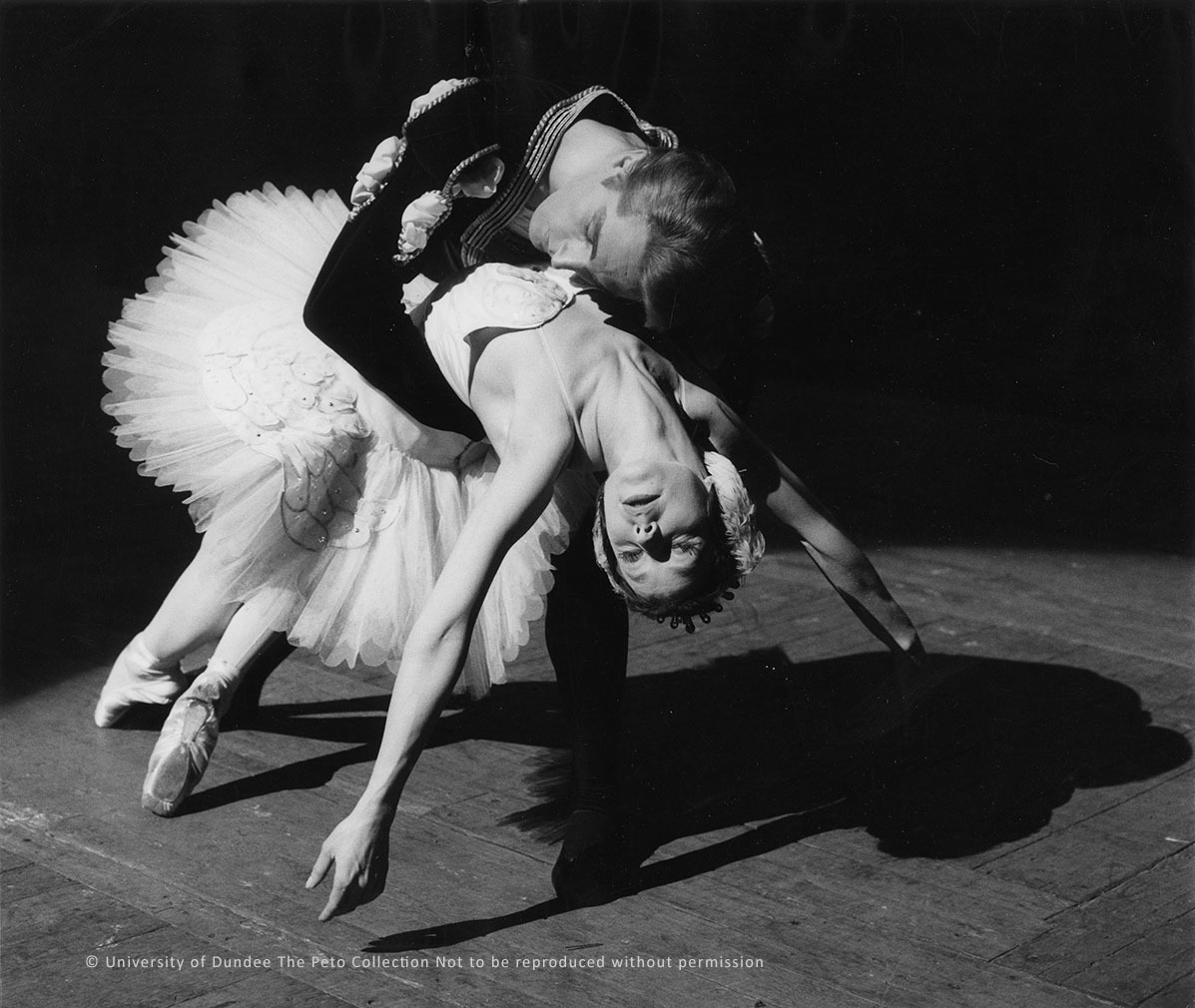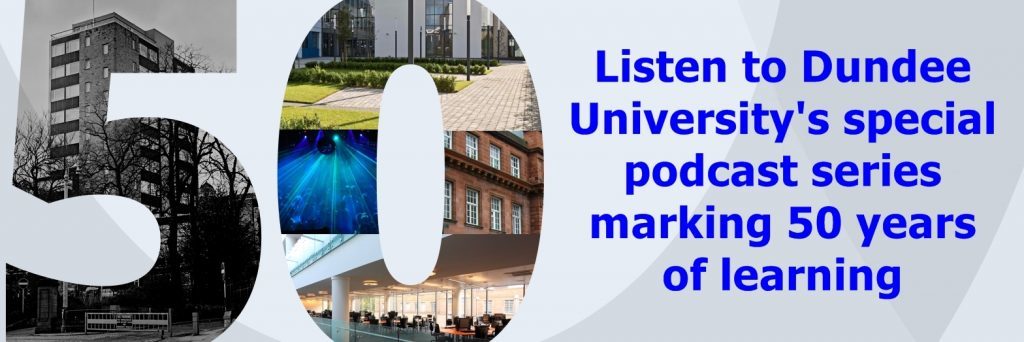In the Dundee University archives sits one man’s collection of 130,000 prints and negatives that provide an extraordinary glimpse of life in the mid 20th century.
This was no local photographer, but Michael Peto, the son of a village shopkeeper who escaped the Nazi occupation by fleeing his native Hungary weeks before the borders closed in 1939.
Listen to the podcast:
The career that had begun at home continued and by the end of the 1940s his first published work appeared in The Observer. His images were eclectic in subject and location, from candid shots of music and theatre, including iconic shots of The Beatles; to photographs of Welsh mining communities and Indian villages.
The fact that the university is custodian to such an important body of work is testament to the role photography has played in the city of Dundee.
The first photographic studio was opened in the Nethergate in 1847 by a Mr E Holmes. Although in its relative infancy the public interest in photography was great.
While a guest of Lord and Lady Kinnaird, Sir David Brewster heard from William Fox Talbot about a process of capturing images with light. Kinnaird was fascinated and became patron of the first calotype studio at Rossie Priory in Perthshire.
Lord Kinnaird and Brewster were also on the committee for the first photographic exhibition, held in 1854, where Fox Talbot was an exhibitor among international names.
Commercial photography flourished in Dundee thanks to James Valentine. He had studied photography at St Andrews University and established Valentine & Sons Ltd in 1851. At this time, he added portrait photography to engraving, printing and supply of business stationery. His sons William and George joined the firm, bringing experience of landscape photography and eventually leading to the postcards that put the firm on the map.
The commission to photograph the Tay Rail Bridge for the Court of Enquiry after the disaster in 1879 led to a set of images that were re-examined in 2003, and allowed researchers to see more clearly why the bridge had collapsed.
At Duncan of Jordanstone College of Art and Design the photography department was established by a man regarded as “the father of modern Scottish photography” – Joseph McKenzie.
Born in London, he specialised in capturing real life in the inner cities, always in black and white. There was a groundbreaking series on children in the Gorbals in 1965 and another set depicting Dundee as a city in change in the run-up to the opening of the Tay Road Bridge. He continued to document Dundee throughout the following decades.
In 1964 he had moved from London to Dundee to the nascent photography department at DJCAD and there he stayed until retirement in 1986, teaching numerous generations of nascent photographers, including, in the mid 1960’s the renowned Albert Watson and myself in the 1980’s.
So, not only was the father of modern Scottish photography a Londoner, but one of the most iconic images taken by a Dundee photographer was of a London landmark.
Truth be told, it only became a London landmark because of the image – four men in single file on a zebra crossing. It was the cover image of Abbey Road by The Beatles.
Iain McMillan was the photographer. A Dundee High School boy from Carnoustie, he worked in a jute mill on leaving school in 1954 before moving to London to study photography. The Book of London from 1966 brought him into contact with The Beatles, through his friendship with Yoko Ono. From there John Lennon invited him to photograph the iconic Abbey Road cover.
He remained close to Lennon and Ono, and revisited the famous crossing with McCartney in 1993 to shoot the Paul is Live album cover, a sly reference to the urban legend of Paul having died in 1966.
Ian returned home in the 1980s and continued his passion for photography, often it is said with a borrowed camera.
The photographic department at Duncan of Jordanstone in the University of Dundee continues to this day, students and staff making work in multiple forms, from the digital to the analogue, as part of a wider practice, or an art form in it’s own right.
Calum Colvin is professor of fine art photography at Duncan of Jordanstone College of Art and Design, at Dundee University.







